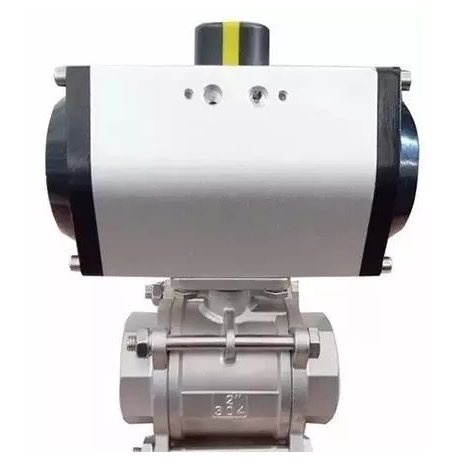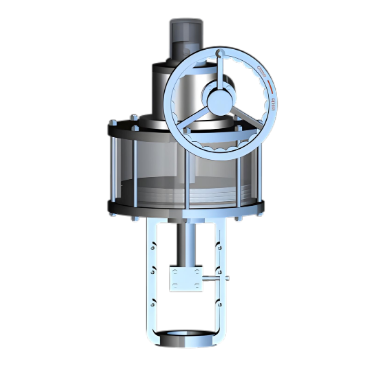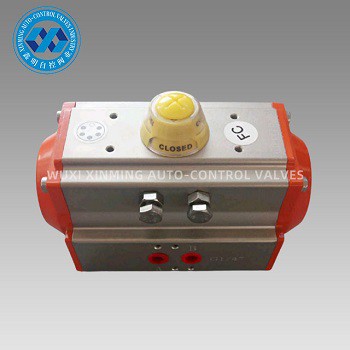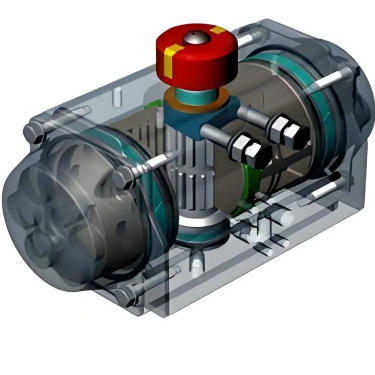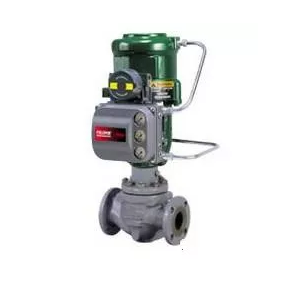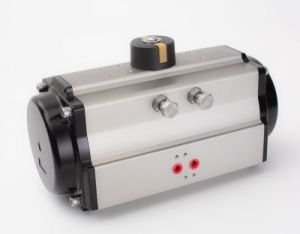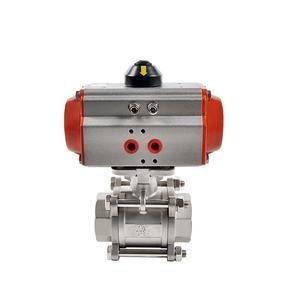Seals in valve pneumatic actuators are
designed to be highly effective at preventing leakage, but their success
depends on several key factors. High - quality seals, typically made from
materials like fluorocarbon elastomers or silicone, offer excellent resistance
to wear, chemicals, and temperature variations. These materials maintain their
elasticity and integrity over time, creating a tight barrier that blocks the
escape of compressed air, which is crucial for the actuator's proper
functioning.
The design of the seals also plays a vital
role. Precision - engineered seals fit snugly within the actuator's components,
ensuring a secure and consistent seal. For example, O - rings and lip seals are
commonly used in these actuators, and their shape and dimensions are carefully
calculated to minimize any potential gaps where leakage could occur. In well -
maintained pneumatic actuator systems, these seals can effectively prevent both
internal air leaks that could reduce the actuator's performance and external
leaks that might lead to energy waste and safety hazards.
However, seal effectiveness can be
compromised if the actuator is not properly installed, maintained, or operated.
Exposure to harsh operating conditions, such as extreme temperatures or
abrasive particles, can damage the seals over time. Additionally, incorrect
installation or failure to replace worn - out seals promptly can lead to
leakage. But when installed correctly and maintained regularly, seals in valve
pneumatic actuators are a reliable line of defense against leakage, ensuring
the actuator operates efficiently and safely.
If you want to learn more about low-priced products, please visit the following website: www.xm-valveactuator.com


